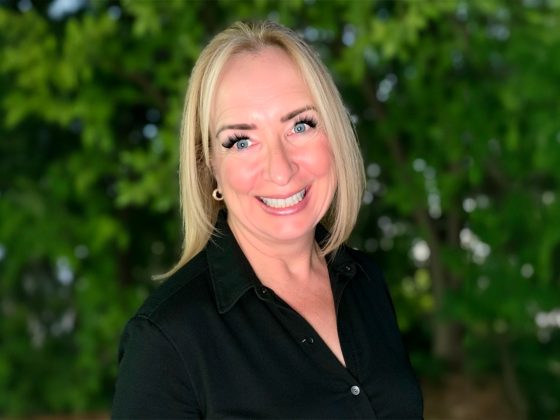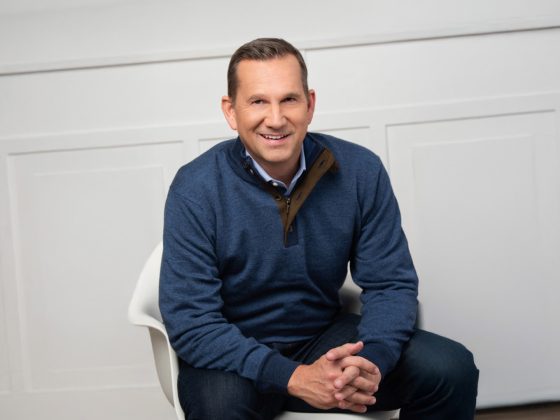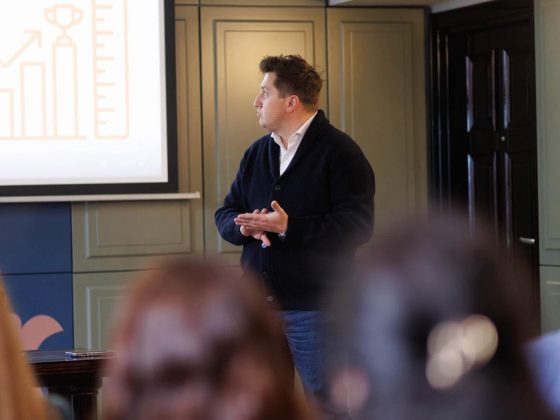Smart ideas deserve to be heard. Yet in corporate boardrooms and team meetings across industries, technical brilliance often gets lost in translation. The gap between expertise and effective communication holds back careers and stalls innovation. That’s where William Patch steps in. With a track record of coaching over 350 corporate executives, he’s developed practical strategies that help technical leaders find their voice. His mission cuts straight to the heart of modern business: turning technical knowledge into clear and compelling communication that drives careers forward.
Here are William Patch’s three strategies that can help you improve your communication skills:
Avoiding Technical Overload
Technical minds love details. That’s what makes them great at their jobs. But William noticed a pattern that kept holding them back. “Technical experts have a habit of getting too granular,” he says. “They think people need to know every single detail, and this has the result of going over people’s heads.” The solution starts with knowing your audience. When talking to executive teams or non-technical folks, William suggests a different approach. “Focus on the high level points,” he advises. “Keep it simple, keep it high level, and ultimately if people want to know more details, they will ask.” This shift in thinking helps experts make their points without losing their audience in the weeds. William pushes his clients to focus on what really matters. Instead of drowning listeners in information, he recommends zeroing in on one or two key points. Get to the heart of what matters, and save the technical deep dives for when they’re actually needed.
Mastering Non-Verbal Communication
Most people obsess over finding the right words. But William’s seen enough presentations to know better. “Did you know that according to research, 93% of good communication is actually nonverbal?” he points out. Breaking it down further: “About 7% are the words that we use, 38% the tone of our voice, and a whopping 55% is our body language.”
Those unconscious habits we all have? They’re killing our message. “People are speaking and they’re saying things like um, ah, uh, you know, like, basically,” William explains. “This reduces the clarity and the certainty of what you’re saying, and ultimately you will not sound very convincing or persuasive.” Movement matters too, often more than we realize. “People are moving around in their chair, they’re scratching their head, they’re doing weird things with their hands,” William observes. “Particularly if people are standing up, they’ll be moving around from foot to foot and it just looks quite awkward, does not look very confident.”
Even where you look can make or break your message. “People are speaking, they’re presenting, and their eyes are all over the place,” William notes. “Maybe they’re looking up when they’re thinking, they’re looking down, and generally their eyes are just moving around.” His advice? “Try to maintain as much eye contact as you can, because again it gives off the message that you’re clear, you’re certain, and you’re convinced about what it is that you’re saying.”
Building Confidence in Public Speaking
Let’s face it – most tech leaders would rather debug code than give a presentation. William gets it: “Many technical leaders feel more comfortable behind a screen than in the spotlight. But growth comes from stepping outside your comfort zone.” He has created a strategic plan for building those speaking muscles:
- Start small: Volunteer to lead meetings or present in all-hands sessions.
- Then stretch yourself: Speak at conferences or industry events.
- Don’t forget the daily opportunities: Engage more in everyday situations—whether networking or casual office chats.
Think of it like learning any new skill. “The more you practice, the more natural and confident you’ll become. And guess what? Leadership will notice you!” It’s about building habits that stick, not quick fixes. Nobody’s born a perfect speaker – not even communication coaches. “These strategies aren’t magic tricks—they require consistent practice,” William reminds his clients. But here’s the thing about communication skills: “you don’t have to be perfect to be effective. You just have to keep showing up and working at it.” The payoff? It shows up in ways you might not expect. Better meetings. Clearer presentations. More visibility with leadership. It’s not about becoming someone you’re not – it’s about letting your expertise shine through.
To learn more about William Patch and his approach, check out his LinkedIn profile.










